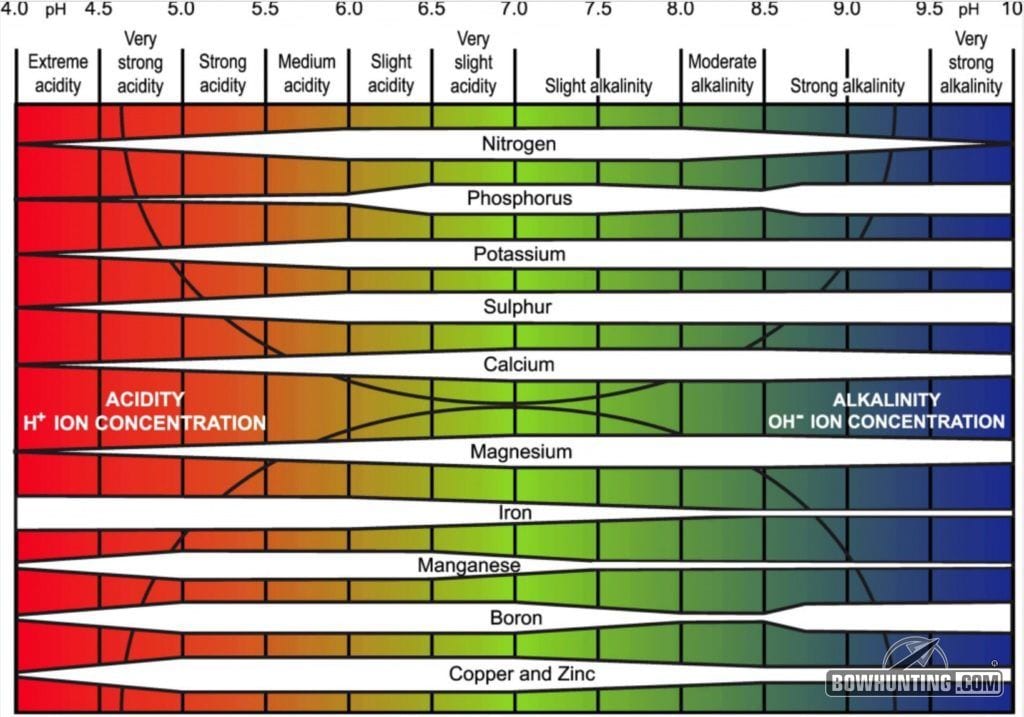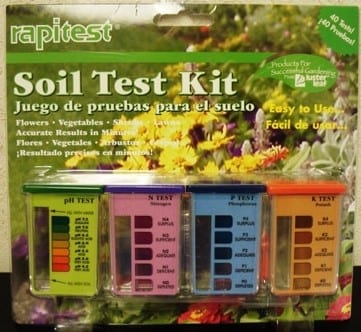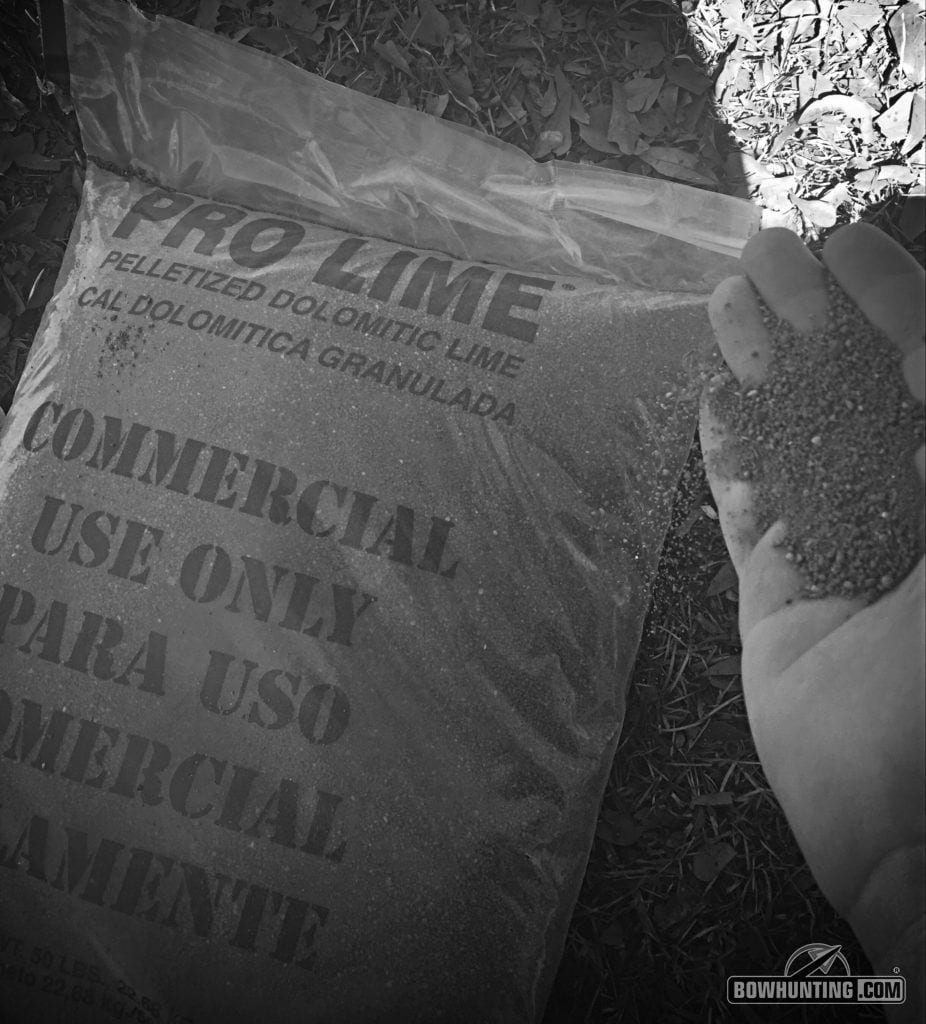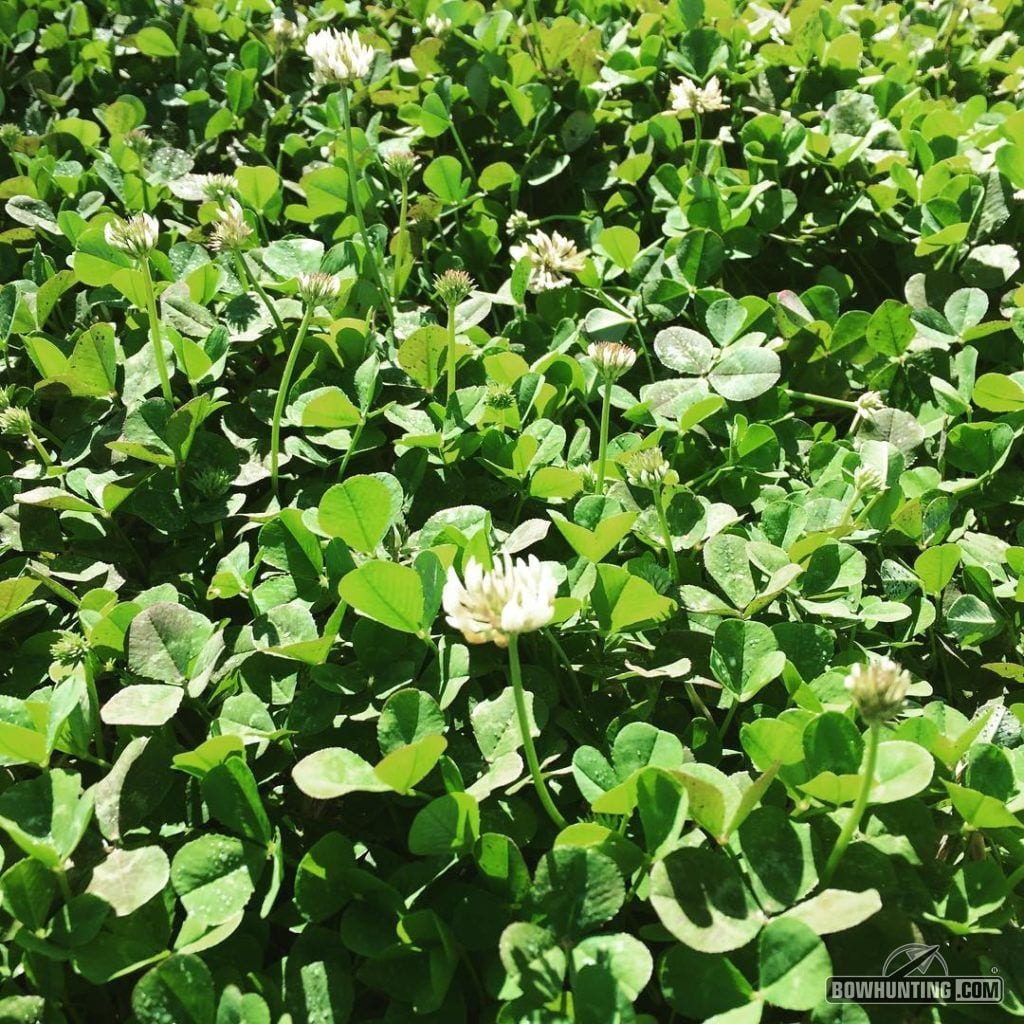Understanding Your Soil Analysis
When I first started venturing into the world of food plots, I was around 15 years old. In most cases, I had a difficult time getting my plots over ankle high. I fertilized, treated for insects and disease, and fertilized some more. Once I decided to start testing my soil, my whole world changed. Within the next few years, I decided that growing things was a true passion of mine. I have since turned this passion into a career and enjoy helping others reach their food plot, turf grass, and habitat management goals.

There are some simple solutions to optimize your food plots this year. Know your soil…grow better plots.
Here are some soil solutions to optimize food plots…
If you’re reading this and find yourself thinking, “Can this help me with my yard and gardening?” the answer is, absolutely. When planting a food plot, garden, turf grass, shrubs, trees, or any other living plant, an annual soil analysis is very important. Having your soil pH too low or too high can be the difference between outstanding results and poor results. Knowing which essential nutrients your soil lacks is also very crucial in any plant’s life cycle. In this article, we will touch on all the major nutrients that all plants need to survive and also how each nutrient aids in the plant’s growth.
Your soil pH measures the acidity or alkalinity in the soil. A target pH between 6.0 and 6.5 is recommended for most crops. However, on occasion you will run into crops that require lower pH levels. On any bag of plant seed you buy, it should list the target pH for that specific crop. Having your pH too low or too high will disrupt the plants ability to absorb and relocate nutrients throughout the plant. If your soil pH is too low, it is considered acidic. If the soil pH is too high, it is considered alkaline.

This chart will give you a quick reference to pH levels in your soil.
If your pH level is too low, adding the recommended amount of lime, per the soil sample, is the way to bring the pH level up. Dolomitic lime is my number one choice when I’m trying to bring my pH level up.

The Rapitest Soil Test Kit is easy to use. This kit contains 40 tests. Will test for pH, Nitrogen, Phosphorus, and Potash. Gives accurate results in minutes! Soil should be tested periodically throughout the growing season, but it is especially recommended to test before planting in spring and when preparing soil in fall. Check it out at www.heartlandwildlifeinstitute.com.
It is also a great source of Calcium and Magnesium. But let’s say you test your soil and the pH level is too high, or alkaline. Adding a fertilizer with high amounts of Sulphur will temporarily bring the pH level down. You can also apply a corrective rate of Sulphur over an extended period of time. This will fix the alkalinity. Just remember, it is a lot more difficult to bring the pH level down than it is to raise the pH level. This why it is so important to have a soil analysis done before you start applying lime or any other supplemental nutrients.
Knowing your buffer pH is also very critical. The buffer pH is an indication of the soils ability to resist a pH change.

Lime can truly make the difference in the performance of your food plots. It’s an inexpensive solution to set your plots apart.
The lower the buffer pH reading, the larger the amount of lime required to raise the soil pH and vice versa. As the buffer pH decreases, lime recommendations increase.
Your target pH is the recommended pH level for the desired crop. Depending on the soil analysis lab that you use, you may or may not have this piece of information. If you know which crop you are wanting to plant, I recommend including that information with the soil sample when you turn it in. In most cases, they will send you a target pH back on your soil analysis. White clover, for example, has a target pH of 6.0-7.5. This is the pH range that white clover will be able to express its full potential. I use the Waters Agricultural Laboratory for all of my soil testing needs. They have three locations throughout the United States and can handle anything you throw at them.
Base Saturation – Without going into rigorous detail, Cation Exchange Capacity (CEC) is the relationship of chemical reactions in the soil and is a measure of fertility. Charged particles attract and repel each other. The base saturation rate is a measurement that defines the percentage of exchangeable cations. These ions and the relationships they have directly impact the way a plant utilizes nutrients. If a base saturation rate is way out of whack (mainly to low), you can have a real issue getting the pH to an acceptable level.
Macro Nutrients
Nitrogen is essential in greening and growth of the plant. If you are trying to promote a spike in new growth, this is the macro nutrient to concentrate on.
Phosphorus is utilized in the formation of nucleic acids and other chemicals which help in the development of flowering, fruit, early maturity, and seed germination.
Potassium is essential in root development and also appears to promote disease resistance. Potassium is also a great addition to any fungicide or disease treatment.

Want lusher food plots? Take the time to ensure your soil is where it needs to be to optimize your plots.
Secondary Nutrients
Sulfur sometimes referred to as the “4th primary nutrient” since it must be present to form a protein.
Calcium is used in root and leaf development. It is also combined with other elements to form cell walls.
Magnesium is the central atom of the chlorophyll molecule, which makes it necessary to photosynthesis.
Micro Nutrients
Copper is necessary for chlorophyll formation and also acts as a catalyst for other plant reactions.
Iron acts as a catalyst for chlorophyll formation and also carries oxygen. It also helps form certain respiratory enzyme systems. These functions make it critical to photosynthesis.
Boron is essential for germination of pollen grains. It also aids in seed and cell wall formation.
Manganese accelerates germination and maturity. It also increases the availability of phosphorus and calcium.
Zinc is necessary for the production of chlorophyll and carbohydrates. It also aids in the production of plant grown substances.
Chlorine aids is photosynthesis and also helps promote a more disease resistant plant.
Molybdenum helps facilitate a plants proper use of nitrogen.
In conclusion, making sure your soil pH and nutrient levels are in the target range for your desired crop will yield great results. For your everyday food plotter, this article should give you everything you need to succeed. Compare this simple break down to your next soil analysis and you too will have great results.





